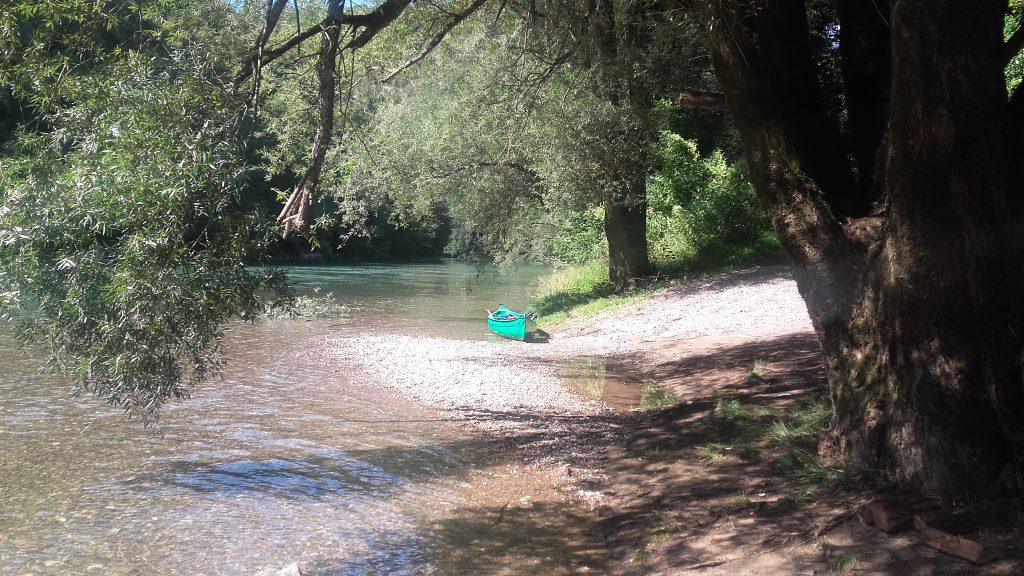
and the cultural heritage of this part of South-East Slovenia.
Nature Park Kolpa is one of the 12 parks which are protected by the Republic of Slovenia. In 1998 the Municipality of Črnomelj passed an Ordinance designating Nature Park Kolpa, and in 2006 the park came under state protection and management. And so began the activities for protecting this region, which is rich in biodiversity and cultural heritage. The Park covers 4,400 hectares of land. Within it reigns the Kolpa border river, which is, together with its immediate surroundings, the most protected. The Kolpa River is 297km long. Its source is in Gorski kotar (Croatia) and it then joins the Sava River. It is a warm river, rich in biodiversity.
According to Boris Grabrijan, the park’s acting director, decades ago Kolpa was the main source of economic activity. “We registered architectural heritage – mills, which once stood along the Kolpa River. 16 mills can either be seen or are still standing in a 50km area inside Nature Park Kolpa. One hundred years ago there were even more of them. There were 84 active mills and several sawmills in the Bela krajina part of Kolpa. Two mills belonged to manors, to Podbrežje and Vinica, to its lords in fact. And the rest of the mills belonged to rich farmers or local communities. Today, three mills occasionally work in the park’s area. More mills than that are not necessary, as life is different today. But we have, in cooperation with Municipality of Črnomelj and other partners, carried out a project entitled “With the Revitalization of Mills to Green Energy”. European funds were also used for this project. We worked on the 16 mills, preparing the entire documentation for technical solutions. The documentation is now available to all the mills’ owners who would like to renovate them and use them for energy production. Until now only one owner has decided to go ahead with the project. In any case – the documentation is available to everyone. Yet, it is true that Kolpa is perhaps not the most suitable river for energy production.”
But nevertheless, Kolpa is bustling. Mr. Gabrijan adds: “Nature Park Kolpa has a small fleet of boats which are used partly for promotional and partly for commercial purposes. But we do not wish to compete with other tourist providers in our area. We’re not trying to undermine the businesses of others, but we are offering an experience of a guided tour on the river.” Their participation at tourist fairs across Europe points to the fact that they should count primarily on tourists from Belgium and the Netherlands. That is why they regularly take part at the fairs in these two countries. Also arriving are tourists interested in guided tours for individuals. They are most interested in the wonderful nature and the experiences it offers: boating, hiking, cycling and visiting local features. One of the park’s special features is most certainly the black olm, - a special specie of human fish which lives in underground waters in the Bela krajina region. The black olm was discovered in 1986. The nature park management has also published numerous educational leaflets about butterflies, birds, grasshoppers and other special plants and animal species in the region. They have also published the numerous marked hiking trails.
Darja Groznik, Radio Slovenija; translated by K. J.

































































